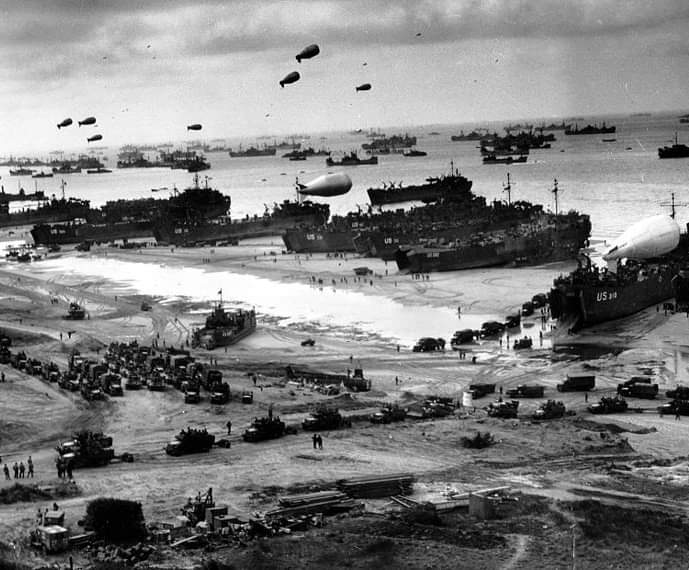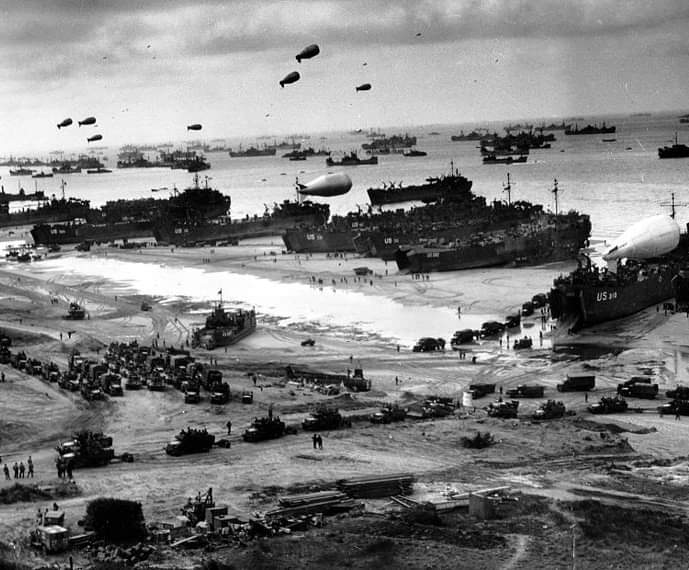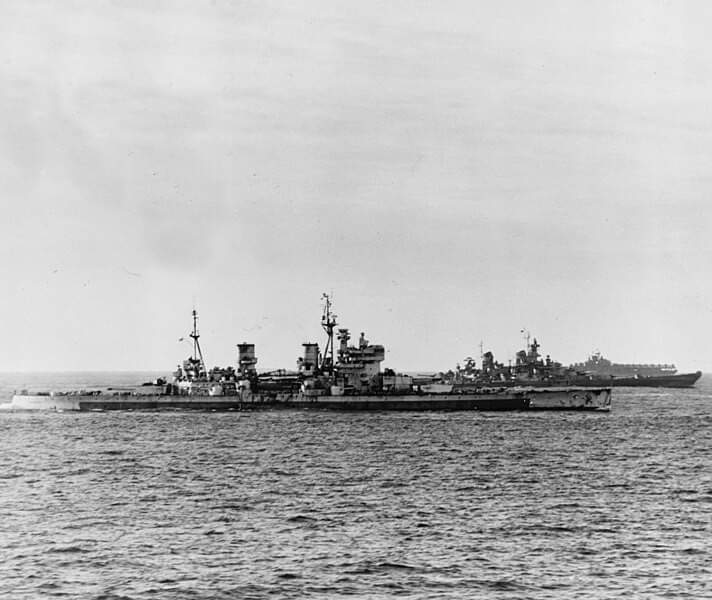
While involving over 50 countries and as many colonies and territories, the conduct of World War II essentially boiled down to a contest between six major powers divided evenly into two competing coalitions. For the Allies, this consisted of the British Empire, the Soviet Union and the United States. Confronting this alliance was the Axis consisting of Germany, Italy and the Japanese Empire.
Beyond this breakdown of primary combatants, World War II was further divided into two major theatres of operation: the war in Europe and the war in the Far East. Participants at the time and subsequent historians have substantially agreed that the war in Europe was the more critical of the two contests with Germany posing the greatest threat to the Allied cause.
As such, all three of the major Allied powers devoted the bulk of their war efforts into defeating Germany and winning the war in Europe. For the United States and Britain, a key tenet in their grand strategy was the adoption of a ‘Europe First’ policy in which the two nations agreed to devote the preponderance of their collective military power to subdue Germany first (and by extension Italy) while only using those resources necessary to hold the line against Japan. Once Germany was defeated, the Allies would then turn their concentrated efforts against the Japanese and defeat them in kind.

With some minor deviations, the policy of prioritising the European conflict was generally followed and proved to be justified as it took the combined strength of all three Allied powers to subdue Germany. In breaking down these national contributions, the Soviet Union devoted 100 percent of its immense war effort against the Germans until that nation was defeated. To put this mammoth contribution into perspective, for most of the war the Soviets employed more ground forces against the Germans than the Japanese had in their entire army.
For the British Empire and Commonwealth, the breakdown of resources devoted to the European conflict was in the realm of 90 percent for most of the war, although it substantially shifted towards the Asia/Pacific conflict from 1944 on. Nevertheless, even during this latter period, the British still maintained roughly 75 to 80 percent of their overall combat strength in Europe. The situation was the opposite for the United States, which despite the Europe First policy, initially devoted a majority of its engaged resources to contain the Japanese.
However, in 1944 this allocation substantially shifted as large contingents of men and resources were sent to Europe to engage Germany. Throughout the duration of the war, the Americans devoted the bulk of their naval strength to confronting Japan while the majority of the American army fought against Germany and Italy. In terms of this latter point, by 1945 almost three out of every four deployed American divisions were engaged in Europe thus highlighting America’s commitment to this endeavour.


Conversely, given this massive effort in Europe, the war against Japan did not garner the same level of involvement. Again, of the three main Allied powers, the Soviet Union did not even engage in the effort against Japan until the last few days of the war by which time Japan was already on the brink of defeat. Meanwhile, the British and Americans only devoted a minority of their resources to prosecute the war against Japan ranging from 10 to 20 percent for the former and perhaps 40 percent for the latter.
Yet, even with this limited outlay of effort, this still proved to be enough to bring the island nation to its knees. This was particularly impressive considering the stated Allied strategy was only to contain Japan. If there is any doubt regarding the wisdom of the Europe First policy or the notion that Germany represented the greater threat, it is dispelled by the fact that after America’s entry into the war in December 1941, it took 41 months of fighting during which the three major Allied powers devoted all or most of their efforts against Germany to bring about that nation’s defeat. By comparison, the Japanese, who were only engaged by a small fraction of this combined power, only managed to hold out for another three months following the German collapse.
Pictured here are American LSTs offloading cargo during Operation Overlord, the invasion of Normandy in June 1944. US Coast Guard, photo 26-G-2517, Public Domain.
Also pictured is the British battleship King Georg V (foreground) with the American battleships Missouri and an Essex-class aircraft carrier sailing off Japan on 16 August, the day after the Japanese government agreed to surrender. Naval History & Heritage Command, Public Domain. For more information on this and other related topics, see Forgotten War, the British Empire and Commonwealth’s Epic Struggle Against Imperial Japan, 1941-1945.










Leave a Reply